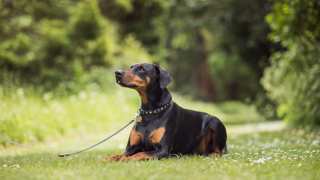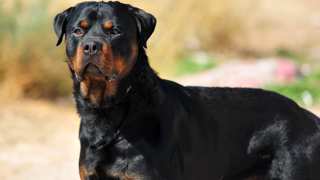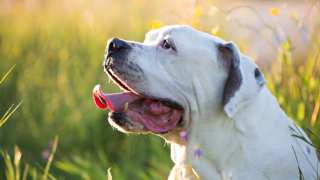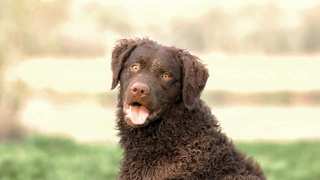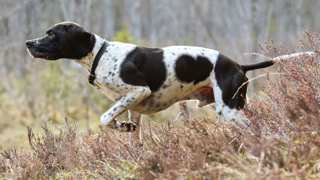Dogo Argentinos, as muscular dogs with plenty of energy, need food that's high in animal proteins and carbohydrates, as well as vitamins, minerals, and omega fatty acids; they need a balanced, complete diet, in other words. This means that Dogo Argentino food will need to be a premium brand of dry food, because this type contains the necessary nutrients your Dogo needs on a daily basis. High-quality foods are more difficult to obtain--they're normally found only in pet stores--and they're obviously more expensive, but they're much better for your Dogo than cheap dog food. Inexpensive, store-brand, or "generic" dog foods usually contain lots of empty "filler" ingredients that don't have nearly enough proteins, carbs, and other nutrients that a Dogo Argentino needs. Premium food, therefore, is a must for this breed.
The good news is that your Dogo won't need to eat as much premium food to be satisfied--but the bad news is that it'll still eat quite a lot. Depending on its age, size, and activity level, the typical adult Dogo needs about 3½ cups per day of premium dry food, divided into two meals. Puppies, again depending on their age, need a bit less: about 2½ cups per day, divided into three meals (not two) until they're six months old. It's a good idea to feed a young Dogo puppy food for its first nine months, then you can transition to adult food by mixing the two types for a few days. It's also recommended that you establish a consistent daily exercise schedule for your Dogo so the dog gets used to eating at the same time every day. For more info on feeding a Dogo Argentino from puppyhood through maturity, see the following guidelines:
Dogo Argentino Feeding ChartDog AgeDog WeightFood TypeAmountFrequency2 Months10 lbsDry (Puppy formula)0.4 cups3x/day3 Months17 lbsDry0.6 cups3x/day6 Months35 lbsDry0.8 cups3x/day9 Months60 lbsDry* (Puppy/Adult)1.4 cups2x/day12 Months70 lbsDry (Adult formula)1.5 cups2x/day18 Months+90 lbsDry1.75 cups2x/day*--Around this time, transition to adult food by first mixing a bit of adult formula with the puppy formula. Over the course of a week, with each meal add more adult food to the mix until the dog is eating it entirely.
It's best to try and stick to the above-listed portions. While your Dogo could probably eat much more than those amounts, the portions are ample enough for these dogs. And though Dogos aren't especially prone to obesity, they can certainly gain excess weight if overfed--and a fat Dogo Argentino will have joint, breathing, and digestive issues, not to mention a shortened lifespan. You can control your Dogo's weight in several ways: by establishing consistent feeding and exercise schedules; by not feeding the dog table scraps; and perhaps most important, by not "free-feeding" the dog. (Free-feeding is leaving food in a dog's bowl all the time so it can eat anytime it wants.) It's highly recommended that you put your Dogo's bowl down only at mealtimes, then pick it up 15-20 minutes after the dog begins eating.
If you're worried your Dogo is overweight, give the dog this simple Ribs Test: run a hand along its side, and if you can't feel any ribs, it's diet time. Decrease your Dogo's daily food consumption by one-fourth, and add an extra walk or play period to its daily exercise schedule.



